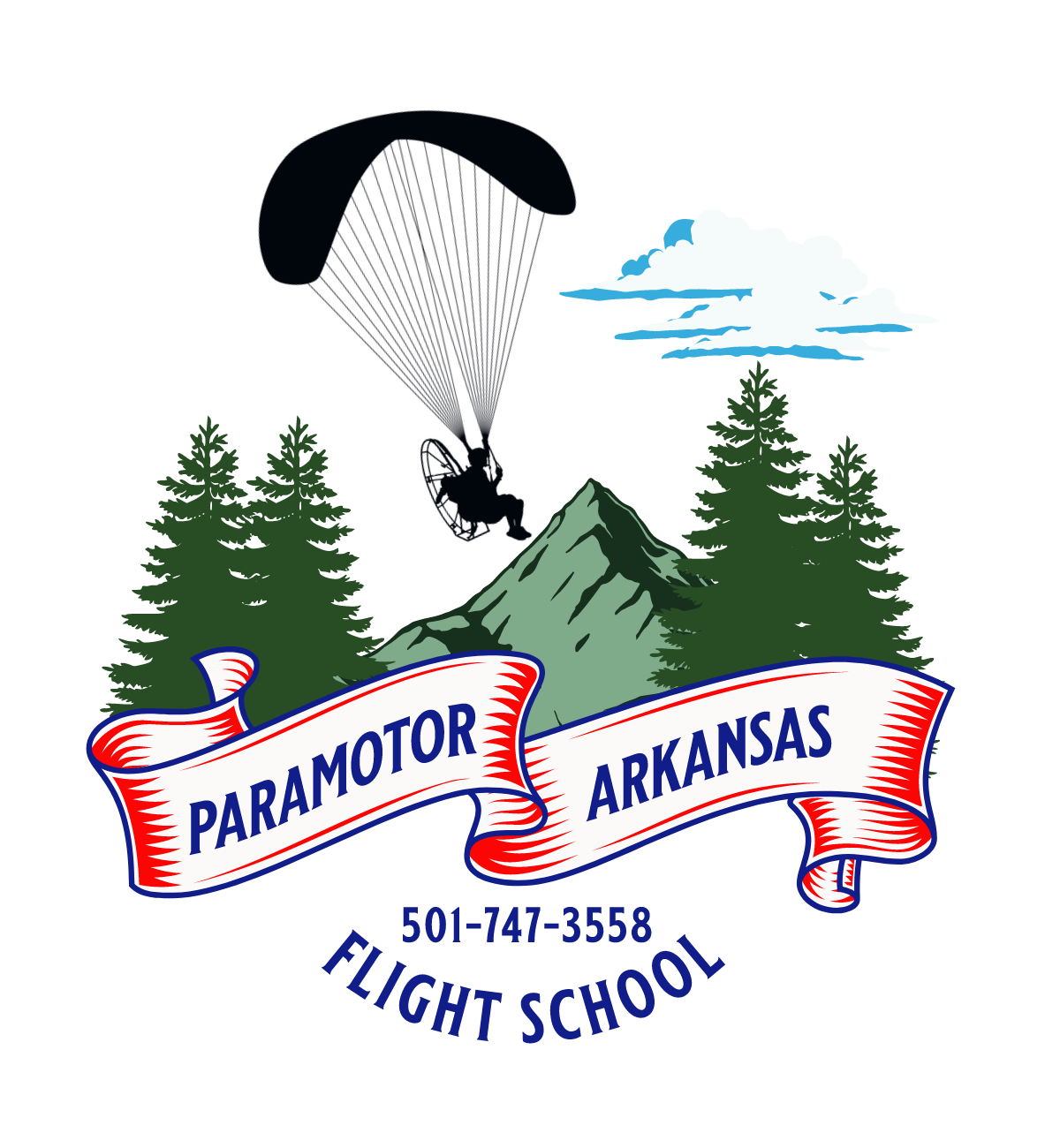Can I paramotor in hot weather?
Yes, paramotoring can be done in hot weather, but there are several considerations and precautions to keep in mind to ensure a safe and comfortable experience:
-
Engine Performance:
- Hot weather can affect the performance of the paramotor engine. High temperatures can reduce air density, potentially leading to a slight decrease in engine power. Pilots should be aware of this and may need to adjust their throttle settings accordingly.
-
Takeoff and Landing Distances:
- In hot weather, the reduced air density may result in longer takeoff and landing distances. Pilots should factor this into their pre-flight planning and ensure they have adequate runway length.
-
Weight Considerations:
- High temperatures can lead to reduced engine efficiency, and pilots may experience a decrease in climb rates or overall performance. It's crucial to consider the impact of temperature on the overall weight of the paramotor (including the pilot and equipment) and adhere to weight limits specified by the manufacturer.
-
Cooling Systems:
- Some paramotors are equipped with cooling systems, such as radiators or air cooling, to help manage engine temperatures. Pilots should ensure that these systems are functioning correctly and may need to monitor engine temperatures more closely in hot weather.
-
Pilot Comfort:
- Hot weather can affect pilot comfort, especially when wearing protective gear. Pilots should stay hydrated, wear appropriate clothing, and use sunscreen to protect against sun exposure. Adequate hydration is crucial in preventing heat-related issues.
-
Thermal Updrafts:
- Hot weather often leads to the development of thermals (rising columns of warm air). While thermals can be used for gaining altitude, they can also lead to turbulence. Pilots should be skilled in reading and navigating thermals to ensure a smooth and controlled flight.
-
Weather Conditions:
- Pay attention to overall weather conditions, including wind speed and direction, before flying in hot weather. Be aware of the potential for increased turbulence and plan flights accordingly.
-
Early Morning or Late Evening Flights:
- To avoid the peak heat of the day, consider flying early in the morning or late in the evening when temperatures are cooler. These times may offer more favorable conditions for paramotoring.
-
Equipment Checks:
- Prior to flying in hot weather, conduct thorough pre-flight checks of the paramotor and wing. Ensure that all components are in good working condition and that the equipment can handle the conditions.
-
Training and Experience:
- Pilots should have the necessary training and experience to handle the challenges associated with flying in different weather conditions, including hot weather. Additional training on managing thermals and turbulence is beneficial.
Always prioritize safety and make informed decisions based on the specific conditions on the day of your flight. If in doubt, consult with experienced paramotor instructors or other experienced pilots who are familiar with flying in hot weather.
